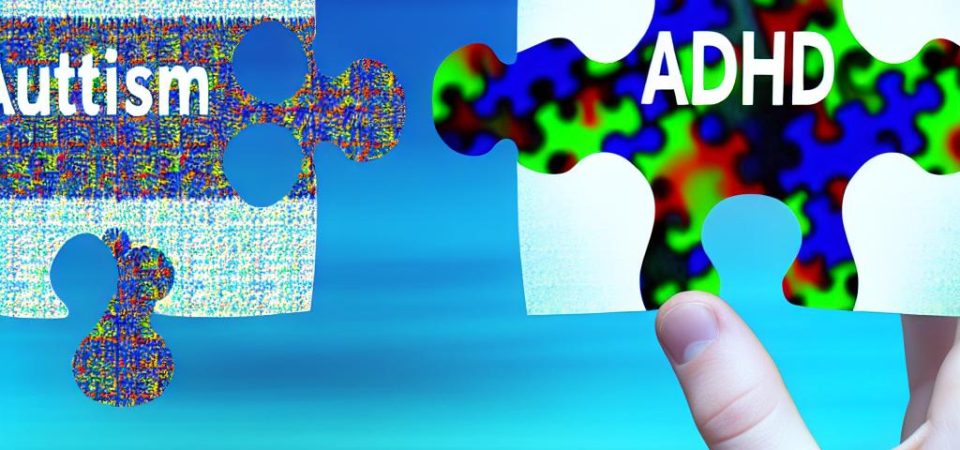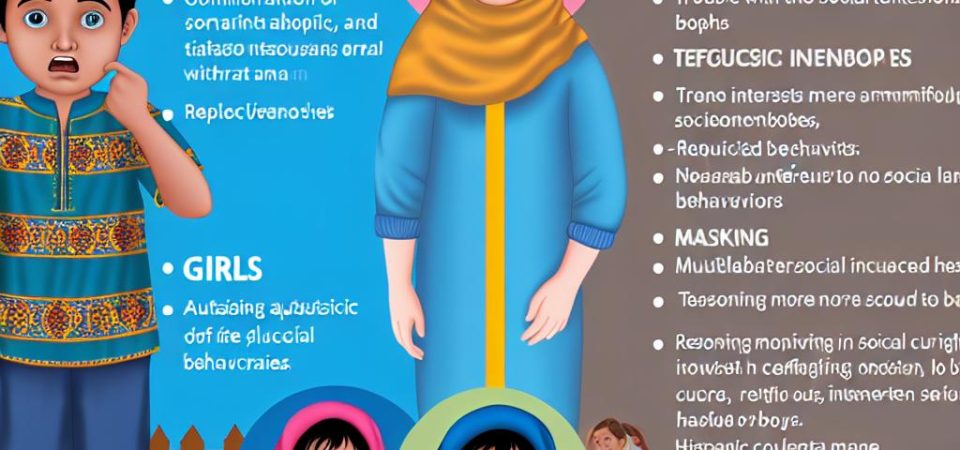The Impact of Autism on Family Life
Autism Spectrum Disorder (ASD) is a developmental condition characterized by a range of challenges in areas such as communication, social interaction, and behavior. This disorder presents itself uniquely in each individual, which inevitably permeates into various aspects of family life. Understanding these influences is vital for offering adequate support and personalized resources to families navigating these challenges. The impact of autism on family life is multifaceted, ranging from communication and social interaction to financial implications and future planning.
Challenges in Communication
One of the fundamental challenges faced by families with a member diagnosed with ASD is communication. Often, individuals with autism may experience significant difficulties with verbal and non-verbal communication. These difficulties result in misunderstandings, requiring families to identify and develop alternative strategies to effectively communicate. Such strategies may include the use of structured systems like Picture Exchange Communication Systems (PECS) and sign language, which replace or supplement traditional verbal communication. These methods support families in fostering a more inclusive environment for the autistic individual, ensuring their needs and preferences are clearly understood.
Social Interaction
Social interaction is another area profoundly affected by autism within families. Individuals with autism often find it challenging to engage in social interactions and activities, impacting their family dynamics. As facilitators of social experiences, family members frequently undertake roles as advocates and educators in social settings. They help create awareness of their loved one’s specific needs, thereby advocating for a more inclusive social atmosphere. These experiences often serve as educational moments for the broader community, emphasizing the unique challenges faced by those with autism and their families.
Daily Routines and Structure
Routines and structure form a critical part of daily life for individuals with autism. A predictable environment can significantly alleviate anxiety and minimize disruptive behaviors that an unpredictable setting might trigger. Families need to be adept at adapting their schedules to meet these requirements, ensuring consistency in the everyday lives of their autistic family members. This often requires a considerable amount of planning and flexibility, as families strive to build a stable environment that meets the needs of all members while respecting the necessities of the individual with autism.
Financial Implications
Families managing the needs of an individual with autism frequently encounter financial challenges. The costs associated with therapies, specialized education, and healthcare services can be substantial, leading to potential financial strain. The necessity of these services means many families must prioritize expenditures, sometimes resulting in one parent reducing work hours or leaving their job entirely to provide full-time care. This shift in work dynamics can have significant repercussions on household income, necessitating careful financial planning and assessment to ensure the ongoing provision of necessary services and care.
Access to Resources
In the quest for the most suitable support, families often invest significant time locating and accessing appropriate resources. Essential resources might include specialized educational programs, therapy services, and community support groups. Families often rely on both online platforms and local organizations to connect with these vital services. In addition to local sources, numerous families benefit from extensive online networks and platforms, such as the Autism Speaks website, which offers comprehensive resources and guidance.
Emotional and Mental Health
The complex demands of caring for an individual with autism often extend to emotional and mental health implications for the entire family. Parents, siblings, and extended family members might experience increased levels of stress, anxiety, or even depression. As such, a robust support system, including therapy and support groups, becomes a crucial element in maintaining the mental health and well-being of all family members. Ensuring ongoing support aids families in navigating the emotional terrains of life with a member on the autism spectrum.
Sibling Relationships
Siblings of children with autism often have unique experiences, navigating the additional responsibilities or perceived sense of less attention than their autistic sibling might receive. Fostering positive sibling relationships is vital for family harmony and includes open communication, mutual understanding, and active involvement in shared family and support activities. Encouraging a nurturing environment allows siblings to build meaningful relationships, characterized by empathy and appreciation for each member’s role within the family.
Public Perceptions and Advocacy
Families affected by autism often encounter public perceptions steeped in misunderstanding or stereotypes, leading to experiences of social isolation or stigma. Empowering families to become advocates is one strategy for addressing and mitigating these challenges. Advocacy involves raising awareness, educating the community, and working toward creating a more inclusive society that understands and respects the complexities of autism. Through persistent advocacy efforts, many families strive to improve public perceptions, promoting greater acceptance and equity for individuals on the autism spectrum.
Future Planning
Anticipating the future is an inevitable component of family life, particularly when caring for a member with autism. Concerns often revolve around the individual’s capacity for independence, educational attainment, potential employment, and long-term living arrangements. Familial planning regarding the future requires considerable time, resources, and strategic thought, focusing on securing a stable and fulfilling future for their autistic family member. This planned approach ensures that the individual’s needs will be consistently met, laying a foundation for their ongoing growth and development in a supportive environment.
In conclusion, the impact of autism on family life is intricate and varied. By acknowledging these impacts and actively engaging with available resources, families, alongside society, can provide requisite support fostering inclusive communities. Equipped with understanding and resources, families are better prepared to navigate the complexities of life with an autistic member, contributing positively to the social fabric and promoting a more inclusive future for all individuals.



